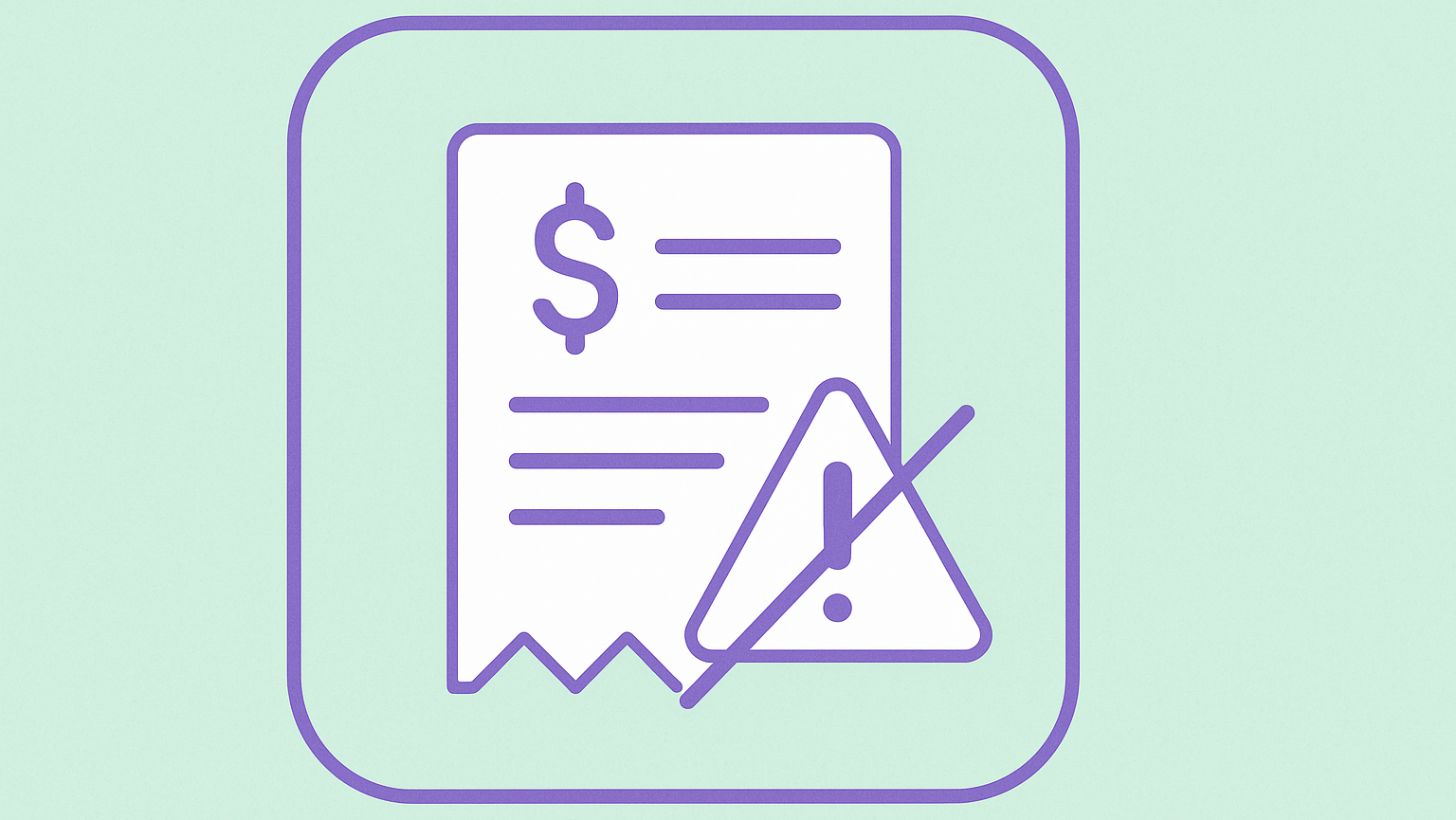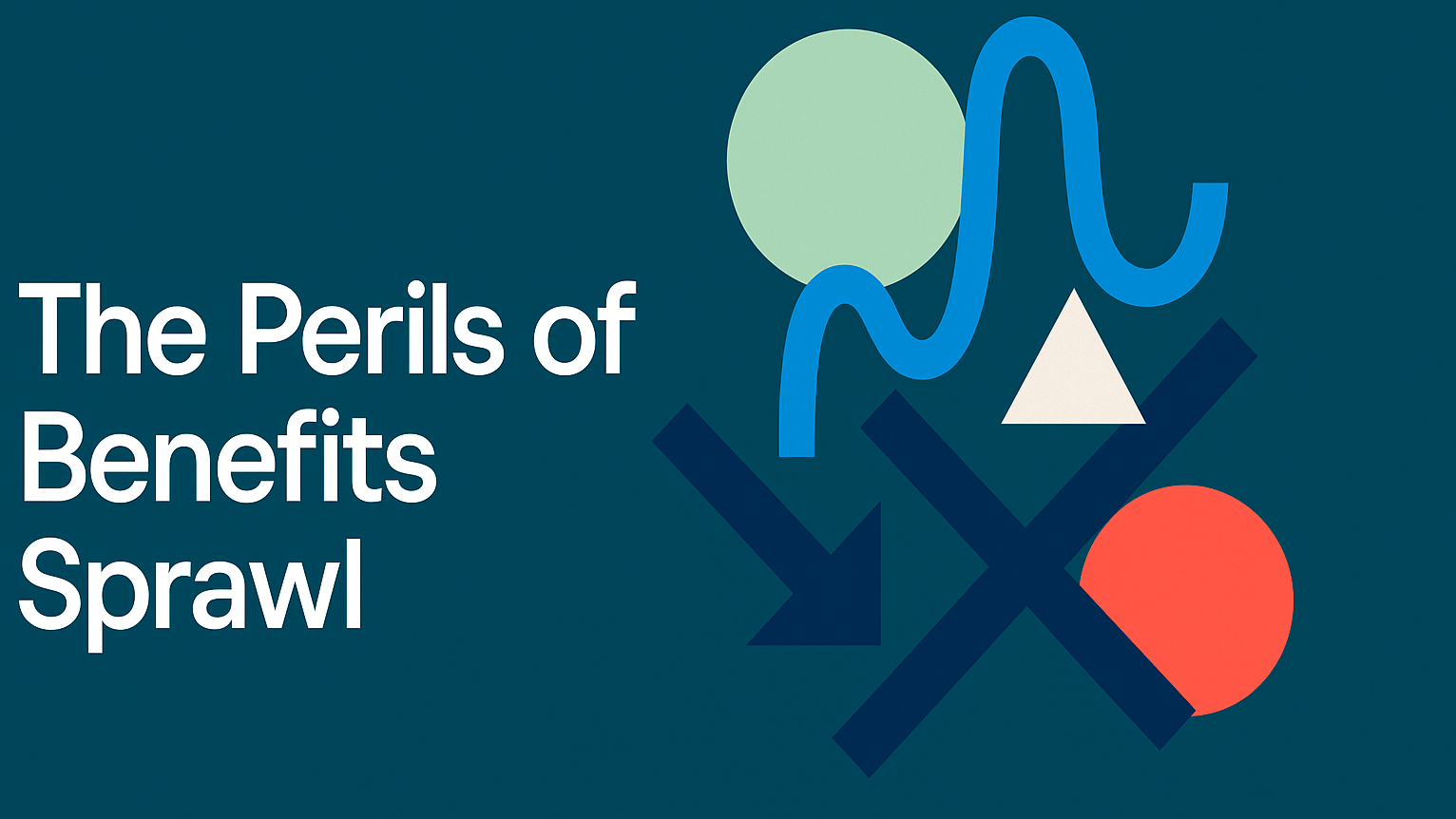Making Sense of the OBBBA Act: What Employers Need to Do Now
The OBBBA Act reshapes HSAs with new rules on telehealth, Bronze plans, and DPC. Learn what employers need to know—and how Budgie simplifies compliance.
The OBBBA Act reshapes HSAs with new rules on telehealth, Bronze plans, and DPC. Learn what employers need to know—and how Budgie simplifies compliance.

The One Big Beautiful Bill Act (OBBBA) is here — and it’s rewriting the rules for Health Savings Accounts (HSAs).
The good news: it expands access and flexibility.
The bad news: it also creates a wave of compliance complexity and employee confusion.
Here’s what employers need to know — and how to turn OBBBA into a strategic advantage instead of a headache.
The Act introduces three major updates:
High-deductible health plans (HDHPs) can now cover telehealth services before the deductible without losing HSA eligibility.
Starting January 1, 2026, these plans will officially qualify as HSA-compatible HDHPs.
Monthly fees of up to $150 (individual) or $300 (family) are now eligible HSA expenses.
The biggest OBBBA hurdle isn’t the new rules themselves — it’s what employees think the rules are.
Common misconceptions we’ve already seen:
These misunderstandings create:
Employers who don’t address OBBBA properly risk:
Budgie Health takes the complexity out of OBBBA with:
Instead of scrambling, employers can use OBBBA as an opportunity to expand benefits access and capture more savings.
The OBBBA Act isn’t optional. Every employer offering HDHPs or HSAs will feel its impact. But with the right support, compliance can turn into competitive advantage.




